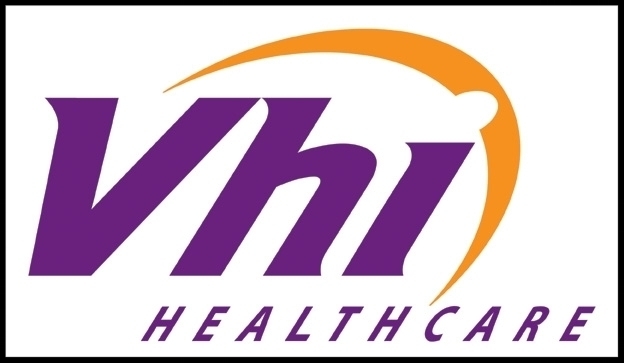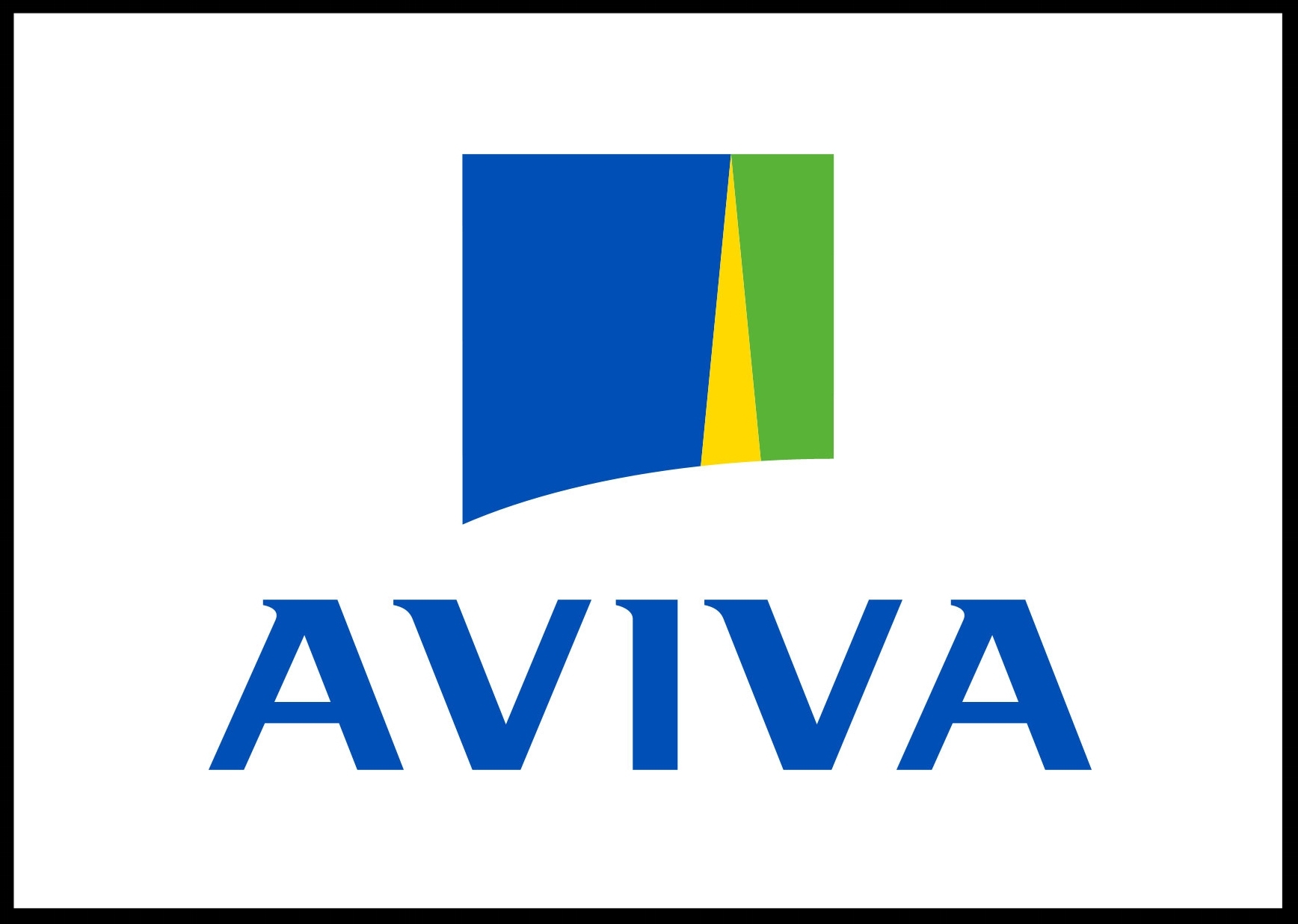When we think of circulation, it might bring to mind cold hands and feet. This might be caused by issues with blood circulation, but it’s not the only system we need to think about. Whereas the vascular system has a pump to keep it moving, the lymphatic system does not. This is the kind of circulation your osteopath may be able to help with best.
What is the Lymphatic System?
When oxygenated blood enters a cell, some leaves as deoxygenated blood. But other products are separated and do not make their way back to the venous system. Instead they travel between cells to reach the lymphatic system. This system plays a big role in immunity: it links to the spleen and is punctuated by lymph glands. These are the same glands that become raised when you are unwell, such as those around your jaw that can become hard and tender when you have a bad cold.
Lymphoedema
As mentioned above, the lymphatic system is not driven by the heart. Instead it moves slowly, and it can back up. Lymphoedema is the effect of insufficient lymph drainage, often when lymph nodes are removed. We commonly see the effects of this in the arm of people who have had the lymph nodes removed from their armpit, which may be due to breast cancer. As the lymph’s route is disrupted, it struggles to find its way back to the system- but the lymph keeps forming and it builds up in the affected area.
If you have lymph nodes removed, you should be advised about how to manage potential lymphoedema. This might involve compression garments, physiotherapy, or exercises to do at home. Sometimes you need a bit more help than what is provided by default. Osteopaths can help with drainage techniques, working both locally to clear the lymph, but further afield too to create negative pressure that encourages the lymph to flow again.
Local Circulatory Issues
Lymph can also build up when there is an injury, even if the lymphatic system has not been altered as above. If you sprain an ankle, for example, swelling can build up rapidly. This is the body’s attempt at protecting and repairing the injury. Among the fluid there will be white blood cells, working to target anything that might pose a threat to health. There will also be nutrients for the cells that have been injured. This is why we don’t advise that you ice an issue for more than 10 minutes at a time- the inflammation is there for a reason. A cool compress is fine to take the edge off and make the area more comfortable. But removing the swelling completely is not as helpful as you might think.
The BMJ has suggested a new strategy to replace the “RICE” advice that we are familiar with. Whereas RICE stands for rest, ice, compression, and elevation, the new advice is PEACE & LOVE.
P: protect (rather than rest)
E: elevate (no change)
A: avoid anti-inflammatories
C: compression (no change)
E: education (avoiding excessive intervention and listening to your body to allow it to heal)
After the early phase passes, the LOVE acronym guides your longer term recovery.
L: load
O: optimism
V: vascularisation
E: exercise
All of these points make reference to taking an active role in your recovery through graded exercise. Your osteopath can help guide you here, monitoring your progress to ensure that you are loading and vascularising to an appropriate degree. Ligaments are particularly slow to heal, so rehabilitation is extra important for local health and to prevent compensation elsewhere. Your osteopath can look at the whole area to ensure that everything is behaving well throughout your recovery.






